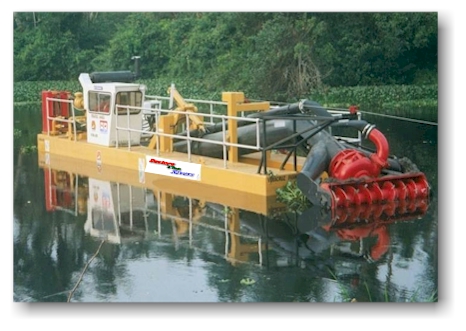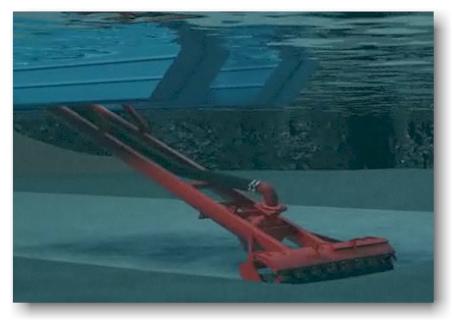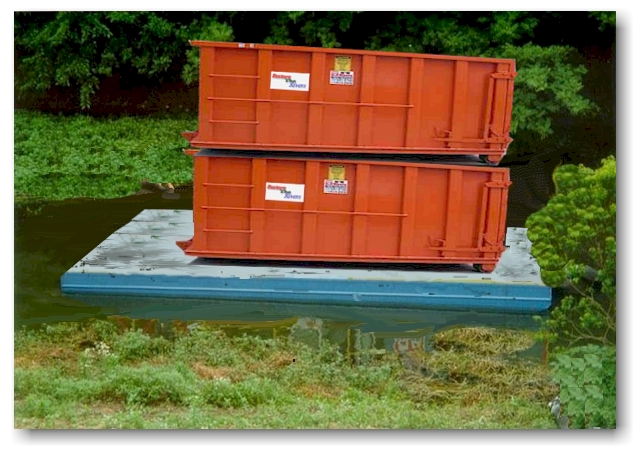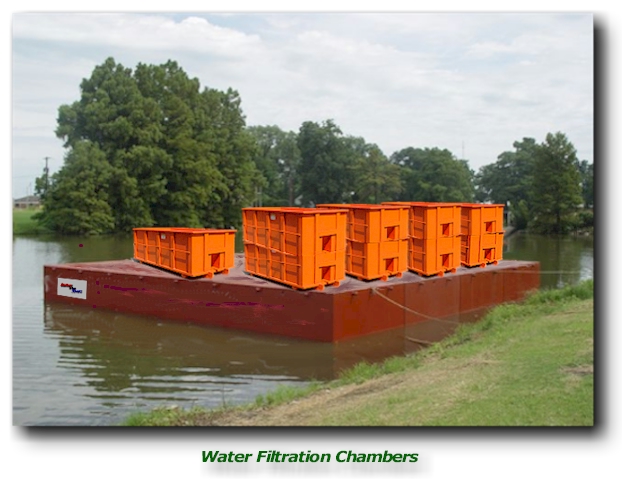|
Great progress has been made recently in the
development of stormwater filtration technology. The following
technologies will be utilized as needed in restoration efforts. Numerous
additional proprietary and natural water filtration technologies will be
also be employed, reflecting American ingenuity at its best.
Natural Pollution
Filtration Systems
The original
wetlands along the St Johns consisted of an extensive tree canopy as
well as plentiful shrubs plants and grasses. These wetlands began to
disappear as waterfront homes and businesses were built in the river
basin. These natural filtration systems (which act like our kidneys) in
removing pollutants and impurities are vital to the health of the river.
A concerted effort to reestablish an extensive tree canopy, shrubs and
grasses and other natural systems will be a major component in the
restoration plan.
|
|
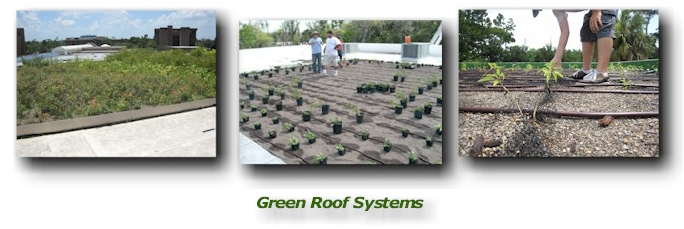
Green Roof Systems capture and hold stormwater thereby reducing runoff. Green
Roofs also reduce HVAC costs, dramatically extend the life of the
roof (50-60 years) and provide numerous additional benefits.
Stormwater Capture and Reuse
Systems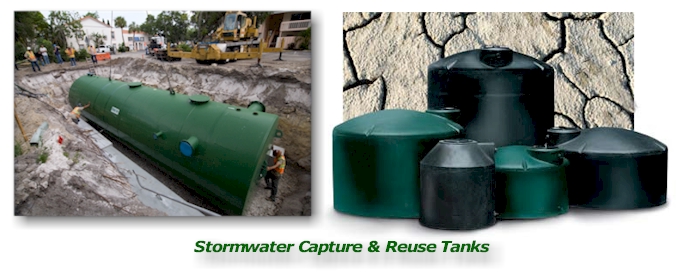
Capture & Reuse Tanks
–
large, underground or surface containers designed to hold large
volumes of water. Cisterns may be comprised
of steel,
plastic, fiberglass, concrete, brick or other materials.
Smaller Rain
Barrels are commercially available as well and serve to
reduce the volume of stormwater that leaves individual residential
properties.
Proprietary
Stormwater Infiltration Systems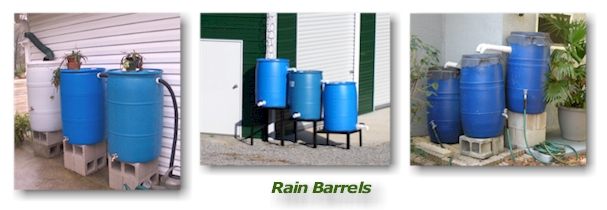
When an area is developed, buildings
and parking areas overcome the natural absorption area where the
rain would normally be infiltrated back into the ground. These
impervious structures offset the typical absorption pattern. As a
result, when the rain is not allowed to penetrate it begins to
build up, may cause ponding or
flooding and/or begins to flow to another location.
By using infiltration chambers,
rainwater is collected in inlet structures and piped to an
underground retention/detention system. Infiltration chambers may
be used as underground retention/detention systems, as
replacements for ponds, concrete structures or pipe and stone
installations. This technology provides a complete stormwater
management plan consisting of filtration, conveyance, storage and
infiltration.

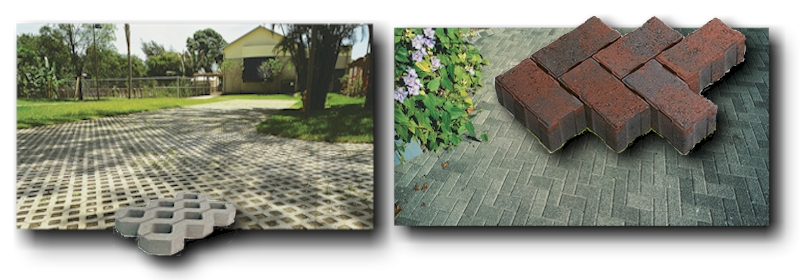
Porous
Pavers/Pavement - pavement systems are constructed from
interlocking, high strength blocks made from bricks, concrete
chambers or recycled plastic that prevent soil compaction and
provide load support. Chambers can then filled with soil and
seeded, or sodded.
Pervious Pavement
- a
permeable pavement surface with an underlying stone reservoir that
temporarily stores surface runoff before infiltrating into the
subsoil. This porous surface replaces traditional pavement,
allowing parking lot runoff to infiltrate directly into the soil
and receive water quality treatment.
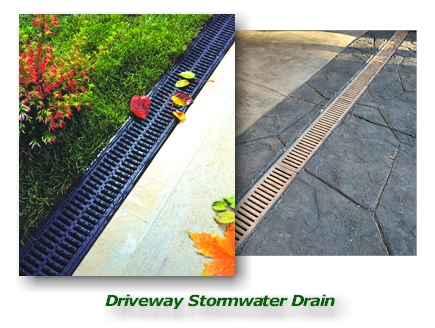 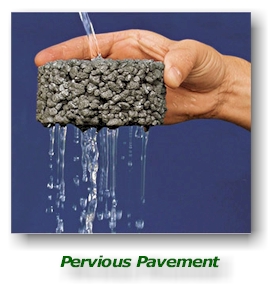
Proprietary
Pollution Filtration Systems
There are numerous
leading edge proprietary pollution filtration technologies that will be
an integral part of the restoration effort. The following are a few of
the products, known in scientific circles as Structural BMPs (Best
Management Practices). The majority of these products are designed to
filter and capture pollutants in stormwater runoff. Software that is
designed to develop restoration strategies, track and quantify the
removal of individual pollutants will be employed as well.
|
|
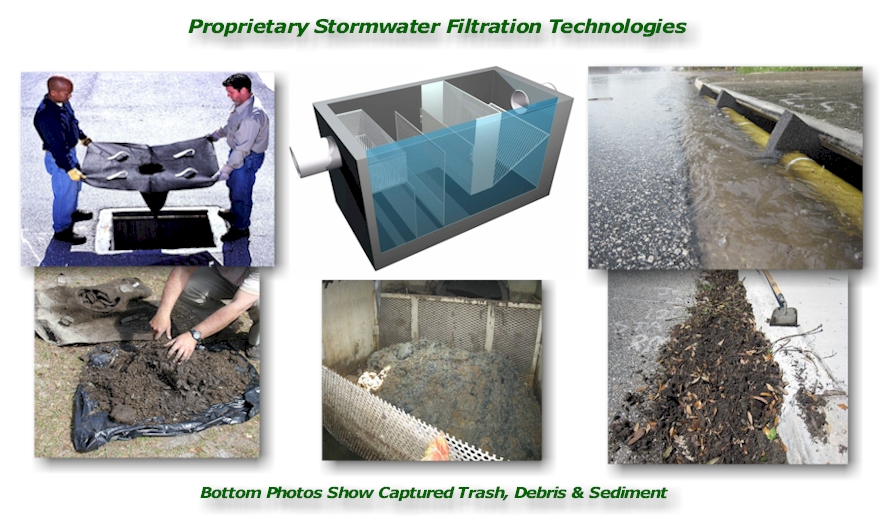
 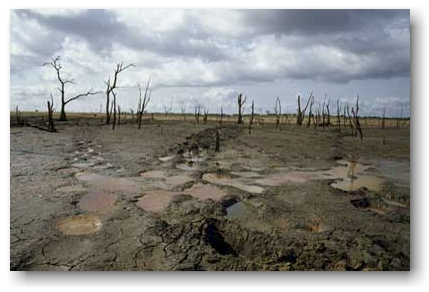
The St Johns and its tributaries suffer with a vast layer of
contaminated sediment that coats the bottom of these rivers. This
toxic mixture of silt, sand and muck contains numerous poisons that
continue to kill the river’s aquatic ecosystem. This layer of
“sludge” has accumulated after many years of stormwater runoff
washing in the dirt, chemicals, oil, trash and debris from the
roofs, roads and parking lots. Industrial pollutants and inefficient
and malfunctioning wastewater treatment plants also add to the
contaminants that damage the river.
The restoration of the river will require that this contaminated
sediment be REMOVED.
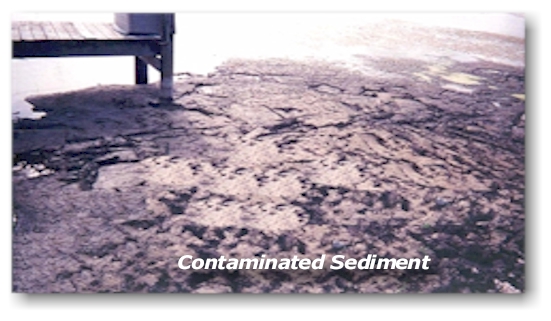 A
major component of the restoration program will be to incorporate a
NEW, cost effective contaminated sediment removal process. This new
process design will incorporate a creative system of sediment
removal, filtration, dewatering and air drying the sediment through A
major component of the restoration program will be to incorporate a
NEW, cost effective contaminated sediment removal process. This new
process design will incorporate a creative system of sediment
removal, filtration, dewatering and air drying the sediment through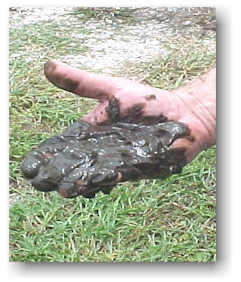 exposure to sunlight. The contaminated sediment will be removed from
the stream bottom utilizing a small dredge that will allow access to
the narrow and shallow upper reaches of the tributary.
exposure to sunlight. The contaminated sediment will be removed from
the stream bottom utilizing a small dredge that will allow access to
the narrow and shallow upper reaches of the tributary.
As
the sediment is "vacuumed" from the bottom of the stream and shallow
wetlands, the liquid slurry will be directed to a series of floating
filtration chambers that are mounted on nearby compact floating
barges. The filtration chambers utilize patented
CrystalStream Technologies™
water
quality filtration technology that has been successfully deployed
over the past ten years to filter stormwater discharges.
A new modular water filtration
system has been designed to efficiently dewater contaminated
sediment. This new system will remove, capture, segregate and
dewater sand, debris and progressively smaller contaminated sediment
particles.

This process is covered by one or more of the following US.
Patents: 6,797,161; 6,936,163; 6,939,461; 6,951,607; 6,994,783;
7,011,743; 7,037,436

The dredged water stream will be filtered as the slurry flows
through a progression of filtration chambers that are piped
together. The clean water at the end of this "treatment train" can
then be returned to the river thereby providing substantial savings
in transporting wet sludge to a landfill. Some of the captured sand
can be air dried and disinfected by exposing the chambers to
sunlight while floating them on "drying barges." This sand can then
be reintroduced along the shores and wetlands to plant new native
submerged aquatic vegetation (SAV).
Chambers that are located farther back in the "treatment train" will
capture smaller particles containing high levels of organic matter.
After this sediment has been dewatered and tested to ensure purity,
it may serve as a fuel supplement to be burned in power boilers to
generate electricity. The remaining dried sediment can be thermally
treated, trucked to
a nearby landfill or used as a soil amendment for land application.
Some of the sand could possibly be sold to make cement/concrete as
well.
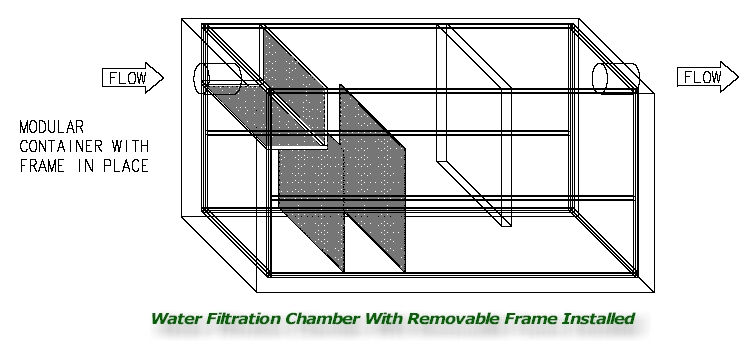
The modular water filtration chambers will be designed to be
light-weight, rugged with the ability to stack vertically. A shore
mounted small hoist/crane will "pick" the chambers from the "drying
barges." The chambers will be loaded and transported by a light duty
roll-off transport trucks.
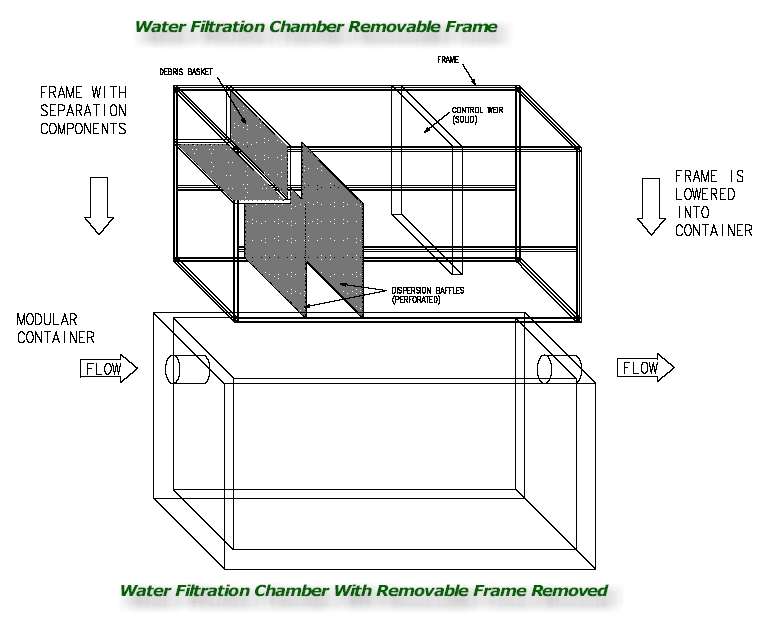
|
This process is covered by one or more of the following US.
Patents: 6,797,161; 6,936,163; 6,939,461; 6,951,607; 6,994,783;
7,011,743; 7,037,436
Alternative Fuel
Chambers that are located farther back in the "treatment train" will
capture smaller particles containing high levels of organic matter.
After this sediment has been dewatered and tested to ensure purity, it
may serve as a fuel supplement to be burned in power boilers to generate
electricity.

Thermal Treatment Technology
The remaining dried contaminated sediment can be thermally treated
or trucked to a nearby landfill. Thermally treated sand might be used as a soil amendment for land application.
Some of the sand could possibly be sold to make cement/concrete as
well.
 |

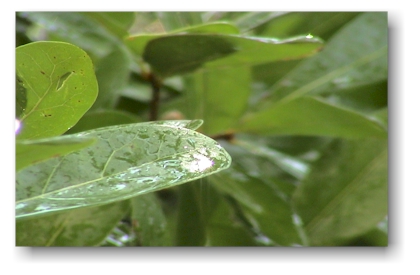
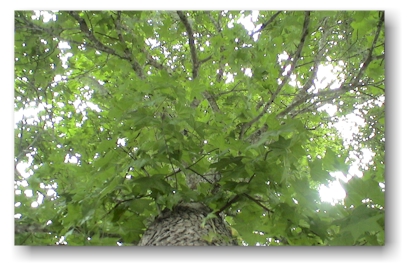
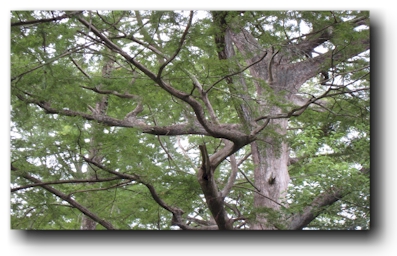










 A
major component of the restoration program will be to incorporate a
NEW, cost effective contaminated sediment removal process. This new
process design will incorporate a creative system of sediment
removal, filtration, dewatering and air drying the sediment through
A
major component of the restoration program will be to incorporate a
NEW, cost effective contaminated sediment removal process. This new
process design will incorporate a creative system of sediment
removal, filtration, dewatering and air drying the sediment through




